How Industrial Designers and Engineering Services Have Influenced the Product Design World
Both industrial designers and industrial engineers work or are involved in product manufacturing, and often with the same objective of creating a product that functions well while at the same time minimizing production cost. They are also often part of the same team, assembled to bring product ideas to reality.
Below is an outline of the history and current practice of each profession and a look at what makes them distinct and what they have in common.
Industrial Design Services
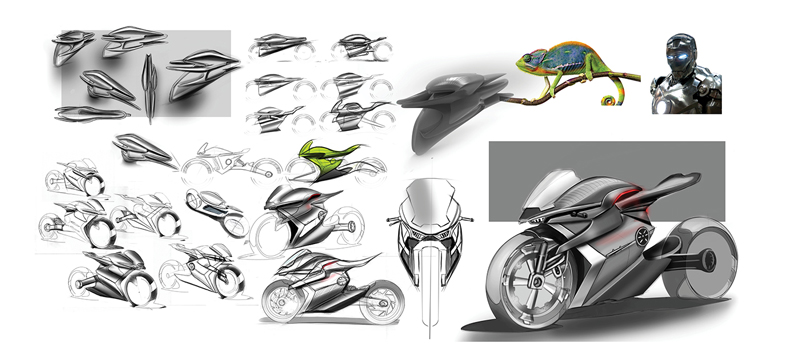
Often used interchangeably with product design – despite a slight difference in the scope involved – the term “industrial design services” refers to the practice of designing products or objects for mass production and services intended for a large number of users.
Professionals of this field focus mainly on the aesthetic, usability, and manufacturability of a product throughout an entire product development cycle which includes ideation, research, prototyping, testing, analysis, validation, commercialization, and maintenance. All those processes running in a continuous cycle are expected to eventually lead the designers to an endless product improvement that answers the ever-changing buyers’ preferences and market demand.
Nearly all manufactured objects people use on a daily basis in most environments, including private or public settings, are the brainchildren of industrial designers and their teams, created through a meticulous development process and with the intention to provide solutions for ever-present problems.
These objects are aimed at making life easier and improving the quality of life in general. The original idea of a product or object may come from non-designers, but further development processes will most likely require industrial design services to transform a concept into a fully functional product.
Brief History of the Profession
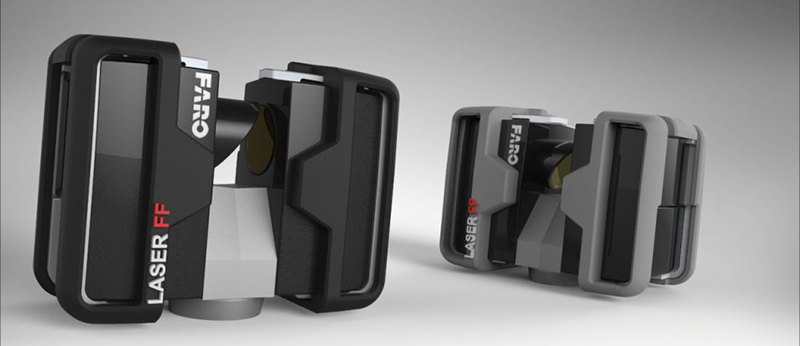
There are plenty of great product designs from ancient history, such as the printing press, the compass, and the mechanized clock, to name a few. But industrial design really started to emerge as professional practice in the early 18th century, just around the same time as the beginning of the Industrial Revolution.
In those early days, professionals of the field leaned more toward the artistic side of product design; a larger portion of their work revolved around the styling and aesthetic of products rather than the technical side.
RELATED: Engineering and Product Design Advice for Mass Manufacturing Services
The main reason was that the rapid introduction of mass production to the industry at large shifted the manufacturing focus to quantity, which gradually eroded the concern for visual appeal. As long as the products worked as intended, cosmetics were not necessary.
As the market developed and presented more difficult competition, a lot of industrial designers began to offer their expertise to companies and individuals who couldn’t afford or were unable to build in-house teams. One of the first to establish industrial design as a distinct service – and therefore profession – was Teague in 1926. The design firm was founded by Walter Dorwin Teague, who began his career as a typographer and illustrator.
Within just one year of its birth, the company was commissioned to design cameras for Eastman Kodak. The relationship would continue for 30 years, during which Teague designed some of the most recognizable cameras including the Baby Brownie, Super Six-20, and Kodak Bantam Special, among others.
Soon enough, industrial design transformed from its humble beginning as a niche business that only the wealthy could access into a prestigious yet approachable profession with plenty of specializations, such as consumer product design, automotive, sports equipment, fashion accessories, packaging, furniture, and appliances.
Today, industrial design services revolve not only around how a product looks and functions, but also material innovations, ergonomics, end-user benefits, and even corporate branding. It is safe to say that every detail of a product is heavily influenced by the works of industrial designers, making the profession indispensable in the landscape of modern society.
Practices in the Modern World
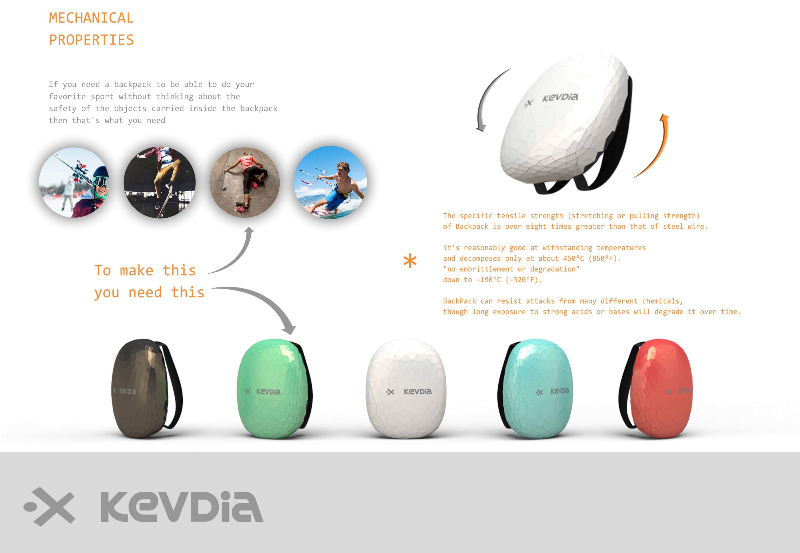
In simple words, the hallmark of an product design service is the product development cycle. The services typically start from the earliest development phase of ideation all the way to commercialization and everything else in between.
As consumers in modern society continue to demand higher levels of product sophistication and at the same time ease of use, industrial designers are often required to work together in a multidisciplinary team made up of engineers, graphic designers, project managers, UI/UX designers (mostly for digital products), marketers, factory or manufacturers, and in some cases, consumers too.
All the professionals in the team collaborate with each other toward a common goal of creating a product that consumers will find useful and enjoy using. When consumers are involved, their main role is to give feedback for prototypes or early batches of production before the actual product is introduced to the market. The combination of different perspectives helps the team understand a problem to its fullest extent, and then use the knowledge gathered from those different points of view as the foundation of the product to be created.
Based on the information provided by market researchers, product specification data by clients, manufacturing parameters by factory partners, and other details compiled by other team members, industrial designers start working on product design. Great designers are often “empathetic” designers, meaning they are able to see themselves as end-users or target consumers.
The product they design is expected to be the best they can achieve, yet it still falls within the predetermined specifications and approved budget limitations. In fact, good designers have to develop empathy for the target consumers so that the solution – in the form of the product – will solve an existing problem in a meaningful way. Today’s industrial designers are also required to have empathy for the environment; they often achieve or showcase this capability in their products by choosing eco-friendly materials and manufacturing practices.
Industrial Engineering Services
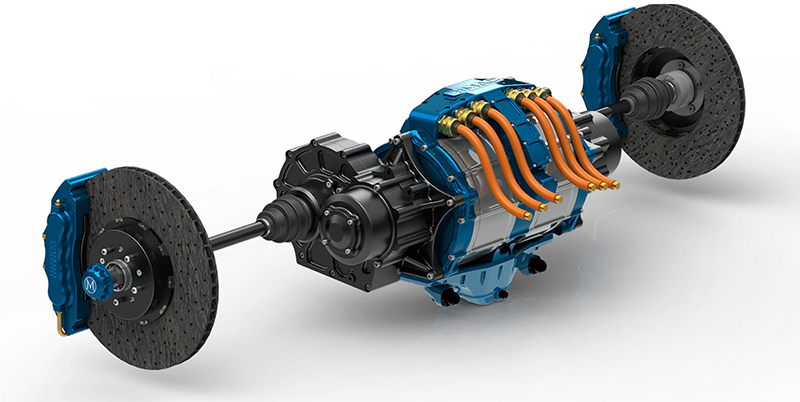
Engineering can be defined as the practice of figuring out how things work using scientific principles. Therefore, the term represents a broad range of studies including but not limited to math, chemistry, and physics. Some of the most prominent branches are chemical engineering, civil engineering, mechanical engineering, electrical engineering, and, of course, industrial engineering. There is also interdisciplinary engineering, which draws from two or more branches of the practice.
Industrial engineering is mainly concerned with the optimization of the manufacturing process, including the equipment and materials involved in it. It aims to increase efficiency, improve the quality of goods and services, protect the environment, ensure worker safety and health, comply with government regulation, and reduce production cost. It is safe to say that industrial engineers work to minimize (or eliminate) all potential waste of resources including time, money, materials, and energy.
For example, in a manufacturing facility, industrial engineers have to figure out how to make the factory operation as streamlined and cost-efficient as possible; they can do that by opting for energy-saving machinery, using renewable materials, speeding up the assembly line, making the work environment safer and healthier, and so on. It is a dynamic field that deals with an integrated system of people, equipment, money, and information.
Brief History
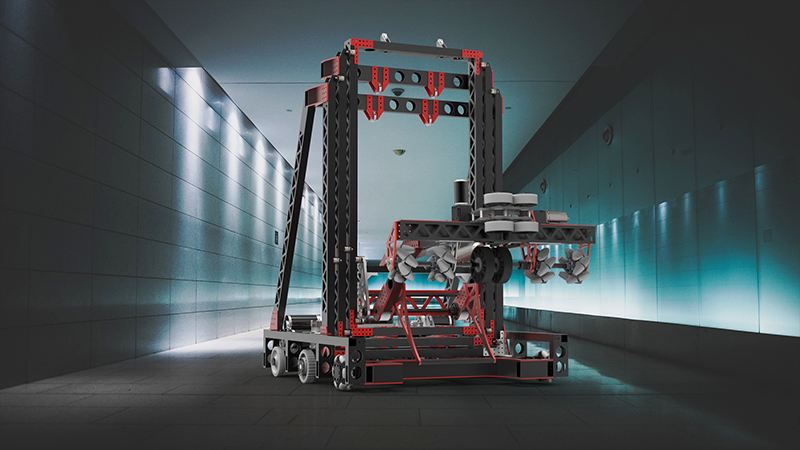
If engineering is the materialization of applied sciences to solve real-world problems, industrial engineering utilizes scientific knowledge to improve all aspects of manufacturing capabilities, including output quality and safety.
Throughout human history, engineers have left their mark on almost everything we see and use today. It would be difficult to imagine what the modern world would look like without them. In fact, the world might still be stuck in its primitive days if not for the works of renowned engineers like Archimedes, James Watt, and Nikola Tesla.
Engineers are special people who like to take something apart just to see how it works and then put everything back again to test their own understanding. While most of us would simply disassemble and re-assemble the parts, engineers engage in such activities to learn the underlying scientific principles behind the application.
RELATED: How to Outsource to CAD Services and Freelance Engineering Designers
Modern industrial engineering started to become a prominent field of study in the late 18th century at the start of the Industrial Revolution. Some of the most popular names during that time period include:
- Frederick Taylor, who came up with the idea of time-and-motion study
- Samuel Colt, who had adopted assembly-line manufacturing long before Henry Ford did
- Henry Laurence Gantt, the man behind the Gantt Chart for organizational management
- Harrington Emerson, who described the 12 Principles of Efficiency for organization
- Henry Ford, known as the pioneer of the assembly-line method in the automobile industry.
During its earliest days, mechanical engineering services dealt almost entirely with the two most basic motives of the industry: the increase of efficiency in manufacturing operation and the aim for higher profitability. Despite the simplicity of the motives, the road to fulfilling the objectives led to the rapid development of power sources, machinery, and other inventions. Every time new technologies emerge, engineers rush to find new applications in which such technologies can be optimized to yield higher productivity.
The concept of Total Quality Management (TQM), which focuses on improving the production process and quality of output in every phase of operation, became the standard principle of the industrial engineering approach in the 1940s. In modern practice, TQM has been supplanted by ISO 9000 quality standards and Six Sigma principles.
The Works of Industrial Engineers
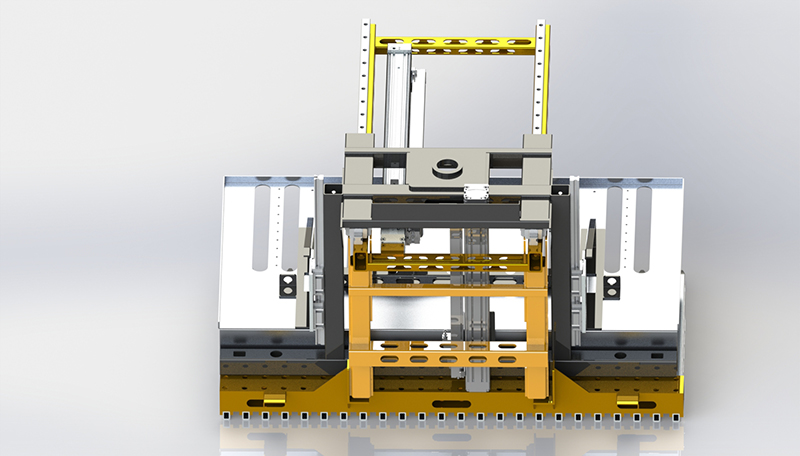
Focusing on production stages of goods and services, the scope of industrial engineering services covers just about everything in the manufacturing process. Services may include reconfiguring machinery, expanding the facility, upgrading the equipment, or even designing an entirely new facility from scratch.
In many cases, industrial engineers are also responsible for designing new equipment or machinery systems to support a production line in cases where the equipment is not yet available on the market. They may purchase ready-made equipment from an outside vendor, but they have to make sure that the equipment is properly configured to meet the production requirement.
For example, in an automobile factory where the assembly line is filled with hundreds of automated robots, automotive design and engineering services are commissioned to develop a computer system based on which task each robot performs independently as intended and instructed (through computer commands) with minimum (if any) glitch at all.
Besides designing and configuring the equipment or facility, they also have to make sure that all works they do (along with the results of those works) meet the employer’s requirements for cost, safety, and quality. To be able to fulfill their roles, industrial engineers are required to have multidisciplinary expertise and a working knowledge of the manufacturing process. The range of advanced knowledge an industrial designer must master to perform their duties effectively includes:
- Engineering and technology: Practical application of the principles, procedures, and techniques involved in the design and production of goods and services.
- Production and processing: Good understanding of various types of raw materials, quality control, production process, and cost management for the optimization of manufacturing and distribution.
- Mathematics: Advanced knowledge of algebra, calculus, geometry, statistics, and arithmetic, as well as their real-world applications.
- Mechanical: Expertise with tools and the machines including their design, proper utilization, performance, and repair methods.
- Computer and electronics: Capabilities in operating, configuring, and repairing professional-grade electronic equipment, computer hardware and software, and circuit boards. This skill also includes computer programming and applications.
- Physics: Expertise of physical laws and principles along with their interrelationships and applications to solve real-world problems. An industrial engineer has a good understanding of fluid, mechanical, electrical, atomic/sub-atomic structures, material behaviors, and atmospheric dynamics.
- Chemistry: Working knowledge of the chemical structure and composition of raw materials, hence the properties or behaviors of substances under various environments.
- Design: Expertise of design tools and techniques, as well as the principles involved in creating technical plans such as blueprints, models, prototypes, or drawing.
Bear in mind that industrial designers and SolidWorks engineering freelancers may not have to master all the aforementioned fields of study, or they may be required to master more depending on the projects they work on.
Similarities
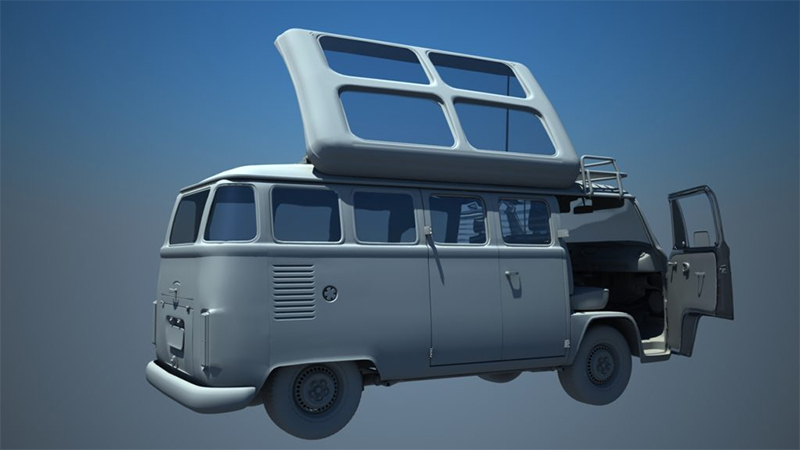
Although industrial designers are mostly concerned with the product development cycle and industrial engineers deal with the actual manufacturing process, their work intertwines. They even share the same knowledge or skills to some extent. Advanced knowledge of chemistry, production, and processing is indispensable to both professions because they have to figure out the best raw materials to make a certain product, for example. Even if there are multiple options available, they must decide and come to the same conclusion for the same reason.
Now, many industrial designers and mechanical design services rely heavily on computer-aided design (CAD) programs to design, create, and configure products, equipment, and facilities. CAD software with simulation modeling helps them figure out potential issues in the virtual world; this way they can maximize work efficiency and minimize cost. Simulation modeling is also useful when observing the production process, equipment performance, and supply chains.
These two professions are able to provide CAD 3D modeling design services, although the types of work can be different. Industrial designers build 3D models and render products, while industrial engineers create 3D models of manufacturing equipment and facilities. This is where their professions will often overlap because tools and equipment are basically “products” that industrial designers can build.
Depending on their specific position in a company or organization, both professions may have to interact directly with clients. In addition to having a specific skill set to carry out the same project to completion, they are required to have interpersonal skills as well.
When a client arrives to receive the latest update of a project, industrial designers may present the 3D model of the product idea, while industrial engineers make sure that the design is indeed the best possible approach given the available manufacturing capability.
Design approach and manufacturing capability are strongly correlated. Industrial designers and industrial engineers must be in collaboration in providing services to materialize a product idea. Either the former creates a product plan, possibly manufactured using the existing facility, or the latter configures new equipment capable of manufacturing the product in large scale.
Differences
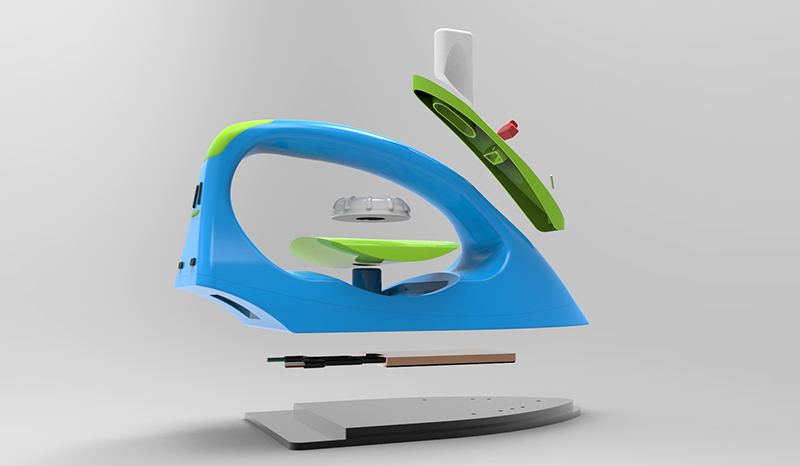
Industrial designers are those who focus more on form over function, although the statement is pretty much arguable. This is not to say that the profession places emphasis solely on how a product looks and considers functionality less important.
However, industrial designers focus on creating an aesthetically pleasing product or improving its current form. To do all this, they must conduct market research, draw product sketches, build 3D models, build and rebuild prototypes, and undertake performance tests. The main duties and roles of an industrial designer include:
- Consulting with clients to figure out the specification of a product to be created
- Sketching ideas or building 3D models/rendering of a product
- Examining materials required and manufacturing requirements
- Creating a physical prototype based on the models created
- Evaluating the prototype (with the help of manufacturers) to determine if mass production is cost-efficient
- Presenting designs to clients and (if approved) continuing with mass production.
Basically, an industrial designer’s main job is to develop a plan for a product in accordance with the client’s preferences and within the parameters of the manufacturing requirements. A professional in the field combines visual art and engineering sciences to create product concepts.
A typical work environment for an industrial designer or exercise equipment design freelancer is comprised of a sketching table, a whiteboard for brainstorming, a computer with a 3D CAD program on it, and a meeting room. They work primarily in an office setting, although they may be required to visit manufacturing facilities to discuss product design with other professionals, including industrial engineers.
On the other hand, industrial engineers are concerned first with function, and form comes later. Their most important role is to make sure that ideas are indeed realistic, and can be translated into a product that does its job as intended.
At the same time, the engineers are responsible for determining the most cost-efficient manufacturing practices to build the product. Industrial designers will have to consider cost for manufacturing, applicable regulations pertaining to the product ideas, and profitability. The duties of an industrial engineer include:
- Reviewing engineering specifications, production schedules and processes, product design, and materials availability to understand the methods of manufacturing practices implemented in a facility.
- Using the review information as the foundation for proposing improvement.
- Figuring out the most efficient manufacturing techniques to increase efficiency.
- Developing a cost analysis and management system.
- Enforcing quality control and regular inspection to minimize production issues.
- Coordinating all production activities to make sure everything meets quality standards.
- Evaluating manufacturing capabilities, purchases of equipment from outside vendors, and product specifications.
- Developing an effective manufacturing system to optimize the use of materials, robots, and computers (especially in a fully automated factory).
An electronic prototyping and design engineer is required to devise an efficient manufacturing system through the integration of employees/production workers, equipment, machinery, information, materials, power source, and computers. Every manufacturing facility in any industry needs at least one industrial engineer to evaluate the production process and figure out how to maximize efficiency.
Conclusion
Despite the similarity in name, industrial design and industrial engineering are two completely different professions. In some cases, they can be part of the same team, but each has different sets of responsibilities. Industrial designers are concerned with how a product looks and functions, while industrial designers figure out how to build or mass-produce the product in cost-efficient way without undermining quality.
Let Cad Crowd’s Industrial Designers and Engineers Handle Your Project
If your project requires both industrial design and engineering services, Cad Crowd can help with both. We have an extensive database of nearly 25 thousand pre-vetted and experienced freelance designers eager to take on new and exciting projects.
Learn how it works and get started, or launch a design contest and get multiple design concept ideas you can choose your favorite from.
